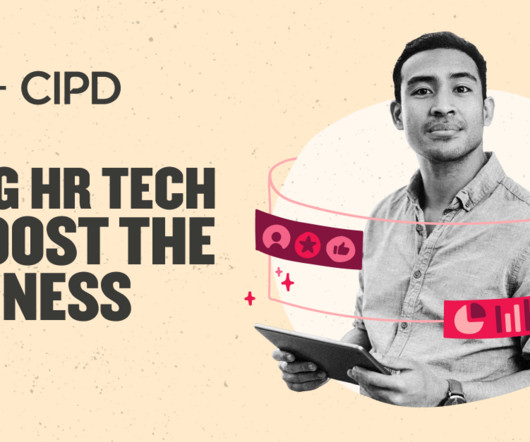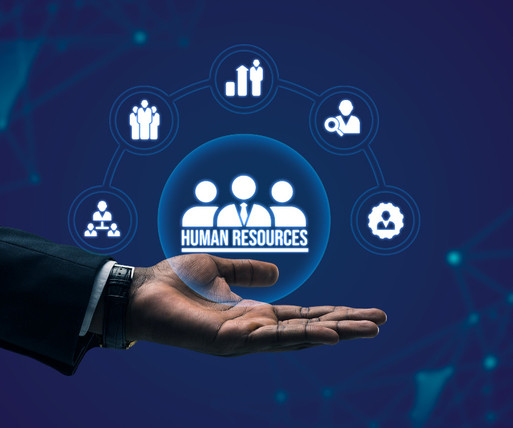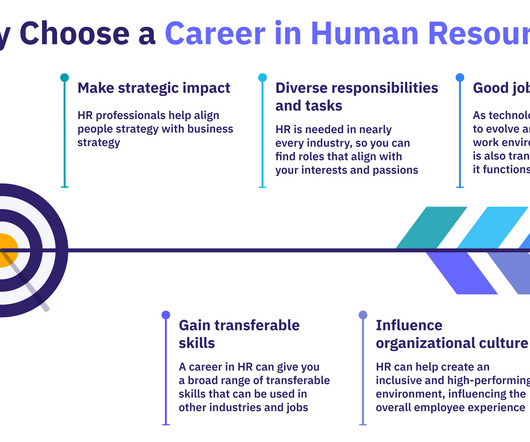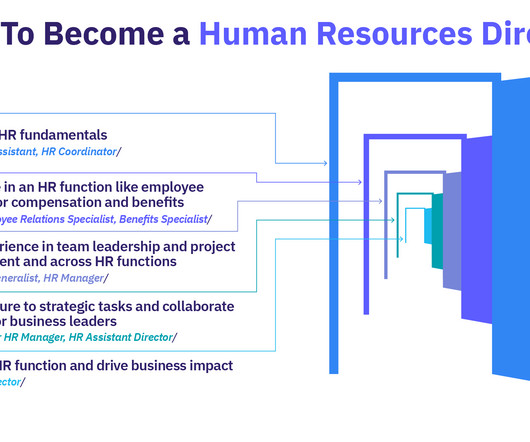The ROI of HR Software: How It Saves Time and Money
EmployeeConnect
NOVEMBER 21, 2024
This is especially true in human resources, where managing people, payroll, and compliance can become overwhelming without the right tools. Enter HR software —a solution that not only streamlines processes but also delivers measurable returns on investment (ROI). Happier employees are less likely to leave, reducing turnover costs.























































Let's personalize your content